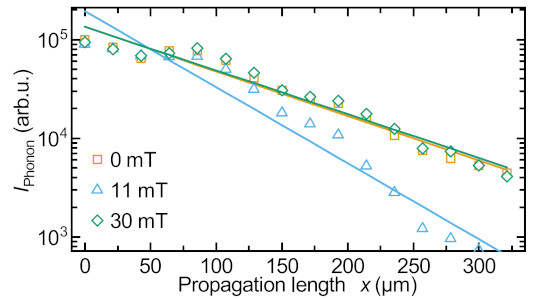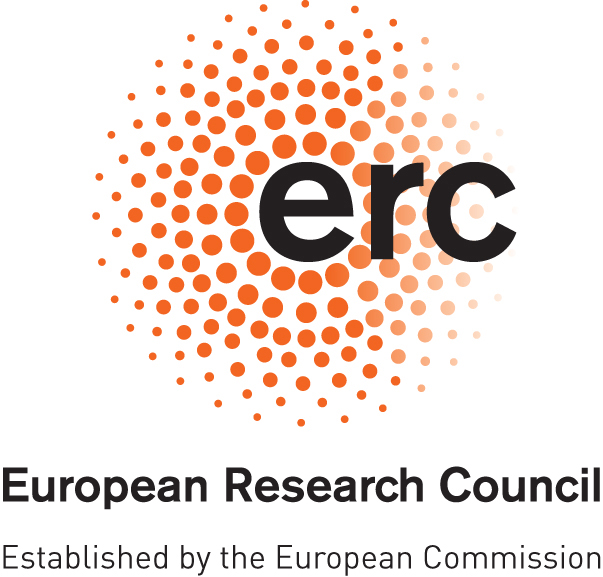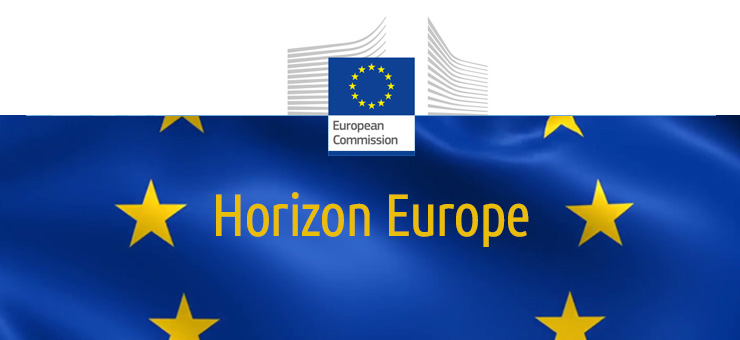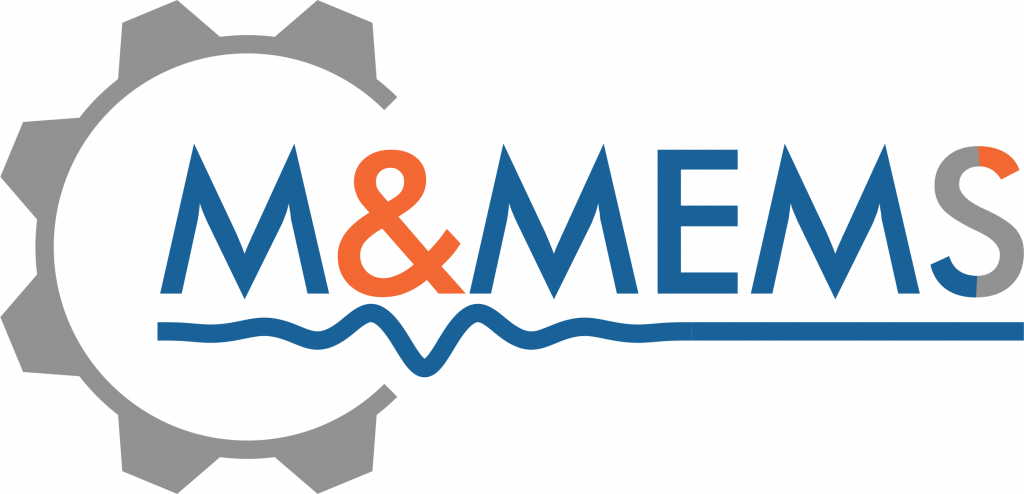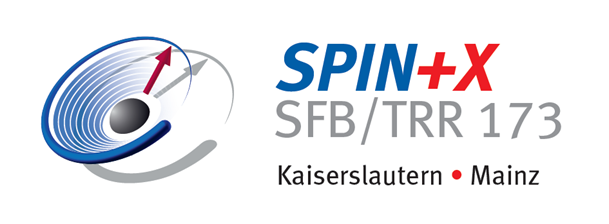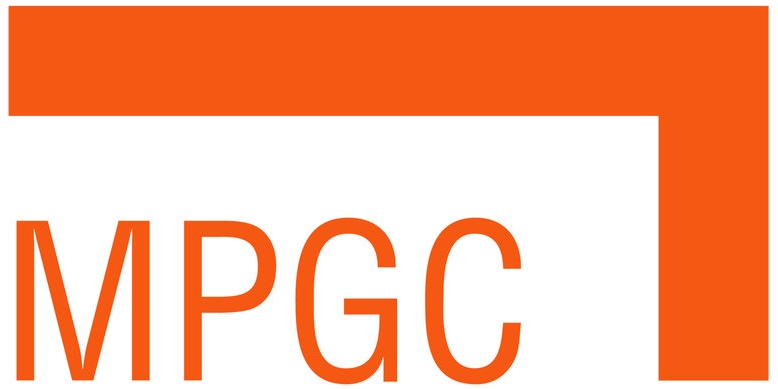Energy-efficient devices thanks to spin technology
We are coordinating the Horizon Europe Project "M&MEMS" with nine European partners and 3.3 Mio. € funding by the EU to develop energy-efficient hybrid structures connecting Magnonics and MEMS
Roadmap on spin-wave computing
Check out this comprehensive description of recent developments and trends in magnonic computing.
Our way to detect magnons: Brillouin light scattering microscopy
CoSpiN "Coherent Networks for Neuromorphic Computing" funded by the ERC
Spin waves, the elementary low energy excitations of an ordered spin system, and their bosonic quanta, magnons, carry energy and angular momentum in the form of spin. The field of magnonics aims to create devices for sensing, data processing and logic which are based on spin waves and their outstanding properties like intrinsic nonlinearity and nanometer wavelengths at GHz frequencies.
Our scientific aim is to explore and combine emerging physical phenomena which can be used to realise novel magnonic hybrid systems with novel and superior characteristics. We have a particular focus on:
- Nonlinear spin-wave phenomena in micro- and nanostructures
- Nanoscaled magnonic devices for unconventional data processing
- Novel materials for magnonics including low-damping Heuler compounds
- Hybrid systems combining magnonics with spintronic and phononic systems
- Amplification and control of coherent spin-waves in micro-and nanostructures using parametric processes
- Nonreciprocal magnonic systems based on dipole-dipole and DMI interactions
To achieve our goals, we investigate magnonics systems experimentally by Brillouin light scattering spectroscopy and inductive techniques. To study and optimize magnonic systems before fabrication, we employ massively parallelized micromagnetic simulations. These simulations are run and analysed by our home-made AITHERICON software platform with the aim to use artificial intelligence, neural networks and inverse design methods to create magnonic systems with designed and superior properties for wave-based transport and data processing.
News
Our PhD students Anna Maria Friedel and David Breitbach both received a best poster prize at the Magnonics 2023 Conference in Le Touquet-Paris-Plage, France. David Breitbach presented a poster on “Bistability based Magnon Computing”, which is part of his PhD work under supervision of Jun. Prof. Philipp Pirro. Anna Maria Friedel presented a poster on “Magnetisation dynamics of epitaxial Co2MnSi / X / Co2MnAl Heusler bilayers with metallic and non-metallic interlayers”. This work is part of her PhD equally supervised by Jun. Prof. Philipp Pirro in an international joint PhD program with the Institut Jean Lamour in Nancy. Both students received a travel grant by the RPTU Nachwuchsring for their trip to the conference in France.
At the 6th Italian School on Magnetism in Milano (June 6th- 9th 2023), which is entitled “Information processing in spin-based systems”, Philipp Pirro will introduce the concepts of spin-wave based computing. Further info on the school: www.aimagn.org/school2023/
On May 16th and 17th 2023, we had the pleasure to have Davi Rodrigues from the Politecnico di Bari in Italy as our guest in Kaiserslautern. Davi gave an inspiring presentation about “Nonlinear Magnetization Dynamics for Analog Computing”. Thank you Davi for your visit! We are looking forward to continue our collaboration on complex magnetisation dynamics for unconventional computing.
We are very happy that our group could contribute to this article for the general public which explains the idea of spin-wave based computing. It appeared in the „Bild der Wissenschaft“ (in German) in April 2022 and is linked below. Zum Artikel
From Mach to July 2023, we had the pleasure to host Nicolas Fermon from Ecole National Supérieure (ENS) Paris-Saclay for his internship. As part of Anna Friedel’s work on highly polarized Heusler alloys, Nicolas studied their magneto-optical properties. He was able to show that the semimetal Co2MnSi, grown at the Institut Jean Lamour in Nancy, exhibits a large quadratic magneto-optic Kerr effect (Q-MOKE), which is an important step towards understanding the magnon dynamics in Co2MnSi when studied with Brillouin light scattering spectroscopy.
SELECTED RECENT PUBLICATIONS AND ACCEPTED SUBMISSIONS
Link to FULL PUBLICATION LIST
- The 2024 Magnonics RoadmapBenedetta Flebus, Dirk Grundler, Bivas Rana, Yoshichika Otani, Igor Barsukov, Anjan Barman, Gianluca Gubbiotti, Pedro Landeros, Johan Akerman, Ursula S Ebels, Philipp Pirro, V E Demidov, Katrin Schultheiss, Gyorgy Csaba, Qi Wang, Dmitri E. Nikonov, Florin Ciubotaru, Ping Che, Riccardo Hertel, Teruo Ono, Dmytro Afanasiev, Johan H Mentink, Theo Rasing, Burkard Hillebrands, Silvia Viola Kusminskiy, Wei Zhang, Chunhui Rita Du, Aurore Finco, Toeno van der Sar, Yunqiu Kelly Luo, Yoichi Shiota, Joseph Sklenar, Tao Yu, and Jinwei Rao.J. Phys.: Condens. Matter 36, 363501 (2024)
- Nutation: separating the spin from its magnetic momentA. De, J. Schlegel, A. Lentfert, L. Scheuer, B. Stadtmüller, P. Pirro, G. von Freymann, U. Nowak, M. AeschlimannarXiv.2405.01334
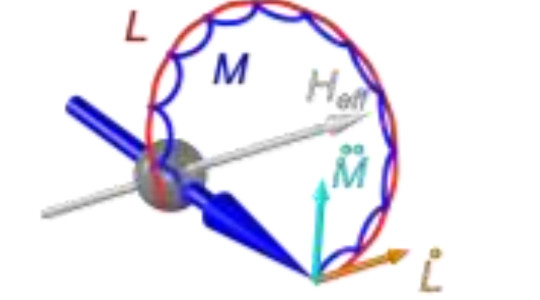
- Nanoscale Magnonic NetworksQ. Wang, G. Csaba, R. Verba, A. V. Chumak, P. PirroPhys. Rev. Applied 21, 040503 (2024)arXiv.2311.06129
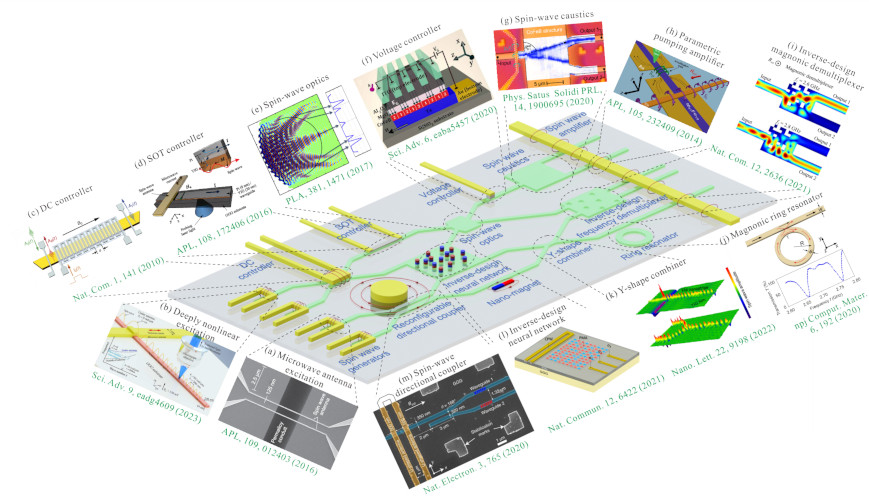
- Collective Spin-Wave Dynamics in Gyroid Ferromagnetic NanostructuresM. Gołębiewski, R. Hertel, M. d’Aquino, V. Vasyuchka, M. Weiler, P. Pirro, M. Krawczyk, S. Fukami, H. Ohno, J. LlandroACS Appl. Mater. Interfaces 16, 22177–22188 (2024)arXiv.2305.06319
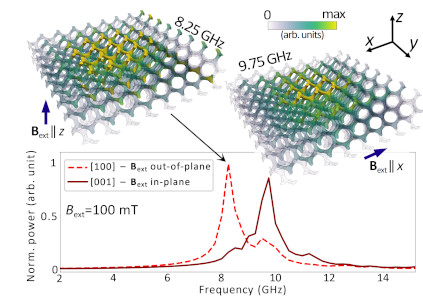
- Coherent Surface Acoustic Wave–Spin Wave Interactions Detected by Micro-Focused Brillouin Light Scattering SpectroscopyY. Kunz, M. Küß, M. Schneider, M. Geilen, P. Pirro, M. Albrecht, and M. WeilerAppl. Phys. Lett. 124, 152403 (2024)arXiv.2311.16688
